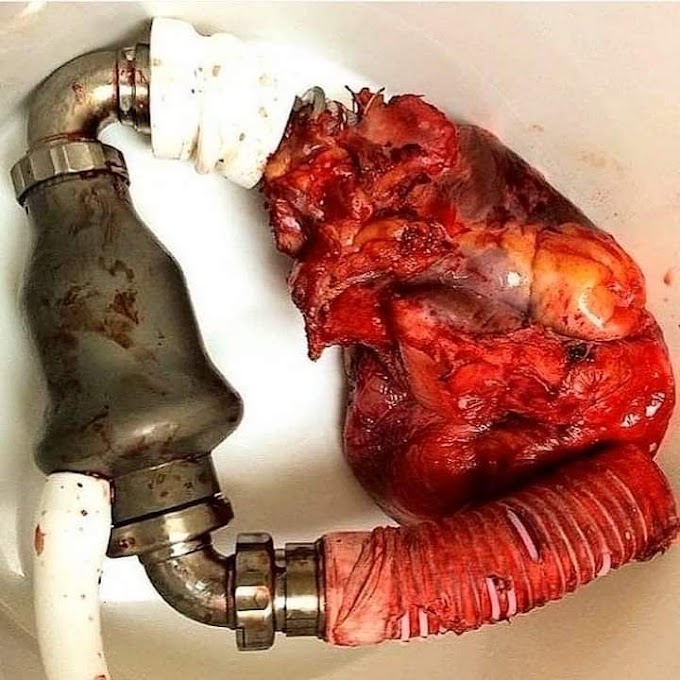What Is a LVAD?
A left ventricular assist device (LVAD) is a pump that we use for patients who have reached end-stage heart failure. We surgically implant the LVAD, a battery-operated, mechanical pump, which then helps the left ventricle (main pumping chamber of the heart) pump blood to the rest of the body. LVADs can be used as:
This is a life-saving therapy for patients awaiting a heart transplant. Patients use the LVAD until a heart becomes available. In some cases, the LVAD is able to restore the failing heart, eliminating the need for a transplant. Learn more about heart transplant.
Destination therapy:
Some patients are not candidates for heart transplants. In this case, patients can receive long-term treatment using an LVAD, which can prolong and improve patients' lives.
Doctors will first determine what type of LVAD patient you are: either bridge-to-transplant or destination therapy. This designation may change depending on your health.
About the LVAD device:
The job of the LVAD is to help your weakened left ventricle pump blood. Unlike in the past, LVAD devices are now portable. This means you can return home with the LVAD and continue your normal activities while waiting for a heart to become available. In order to receive an LVAD, we need to perform a number of tests to determine that you are a good candidate for the device.
How long can I live with an LVAD?
The expected survival for people with a VAD continues to improve with newer technology. Some patients have survived up to 13 years.
Working of LVAD:
LVADs work by pumping blood from the left ventricle (lower part of the heart) and pushing it out the aorta, a blood vessel that carries blood from the heart to the rest of the body. In other words, it assists the weakened heart. The pump is implanted inside the body to your heart and is connected to a protected electrical wire that runs outside of the body, connecting to a power source.
Who is a candidate for an LVAD?
LVADs are for people with heart failure who meet certain criteria. Generally, these are people with advanced heart failure who are considered Class III or IV by the New York Heart Association classification system (see below). LVADs are not appropriate for some people with advanced heart failure if they also have other conditions such as kidney failure, liver disease, lung disease, or blood clotting disorders.
New York Heart Association Classification (Classes III & IV)
Class III – Patients with cardiac disease resulting in significant limitation of physical activity. They are comfortable only at rest.
Class IV – Patients with cardiac disease resulting in inability to carry on any physical activity without discomfort. Symptoms of heart failure or angina may be present even at rest. Any physical activity causes an increase in discomfort.
Are LVADs portable?
Yes, LVADs are portable and can be operated on batteries, so patients can be discharged from the hospital and live at home.
What will my life be like with a Left Ventricular Assist Device?
Most patients have improved circulation after LVAD implantation. This will enable the patient to return to their daily lives with very few restrictions on activity. Most LVAD patients are able to reclaim their lifestyles; enabling them to shop, travel, visit friends etc...
Can I shower with an LVAD?
Showering is only permitted with the direction of your doctor, patients are given permission to shower only after their surgical site has healed. The external LVAD system components are not waterproof; they need to be protected with a specially designed shower kit.
Can I take a bath or swim with an LVAD?
No, you will not be able to take a bath or swim. Water can damage the external components and your pump could stop working.
Can I exercise with an LVAD?
Physical exercise is essential to help prevent the unhealthy effect of bed rest and inactivity. Individuals are able to walk as well as participate in light strength training. A physical therapist will participate in your care and will help to develop exercise guidelines and goals with you. In general, activity restrictions include contact sports and swimming.
Can I travel with an LVAD?
You may travel if you are healthy and have no ongoing issues. Your LVAD team can help you plan your trip, which would include contacting other VAD care centers that will be near the place you plan to visit.
LVAD implantation procedure:











0 Comments